This natural enclave is one of the most important in Europe. It is an extremely important wintering, migratory and breeding area for many bird species. Furthermore, it is one of the last havens for endangered wildlife species such as the Imperial eagle or the Iberian lynx. Some of the features that make Doñana unique are its Mediterranean climate with Atlantic influences, geographical location between two continents, exceptional productivity, inaccessibility and diversity of environments.
Doñana Natural Park covers an area of 68,236.40 ha, spanning four geographically discontinuous areas around the National Park. The territories within this unique protected natural area belong to three different provinces (Huelva, Seville and Cadiz), distributed by sectors with a broad range of ecological and human characteristics. The importance of Doñana Natural Park is determined not only by its role as a buffer zone for the National Park, but by its own natural resources, enabled by a combination and interaction of multiple factors (climatic, geological, biological, historical, cultural, etc.). This has shaped a dynamic territory with extraordinary characteristics and highly biodiverse ecosystems: pine forests, fossil dunes, marshes, Mediterranean forest and wooded pasturelands and lagoons.
As the National Park, part of its territory was recognised as a UNESCO Biosphere Reserve in 1980. In 2002, it was declared a Special Protection Area for Birds (SPA) under Directive 79/409/EEC, as an extension of the Doñana SPA, which until then only included the National Park. In 2005, Doñana Natural Park was included in the List of Wetlands of International Importance under the Ramsar Convention. Moreover, the area has been proposed by the Autonomous Community of Andalusia to integrate the Natura 2000 Network as a Site of Community Importance (SCI).
Flora
Cork oak (Quercus suber), stone pine (pinus pinea), glaucous glasswort (Arthrocnemum macrostachyum), mastic (Pistacia lentiscus), tamarisk (Tamarix africana), arbutus (Arbutus unedo), jaguarzo (Cistus monspeliensis), gorse (Ulex europaeus), heathers (Calluna vulgaris).
Fauna
There is a large variety of birds, mostly birds of prey such as the common buzzard (Buteo buteo) and kite, the Imperial eagle (Aquila adalberti) and the griffon vulture (Gyps fulvus), common cranes (Grus grus) and black storks (Ciconia nigra), flamingos (Phoenicopterus roseus), red-crested pochard (Netta rufina) and mallards (Anas platyrhynchos). Among the mammals are the mongoose (Herpestes ichneumon), wild boar (Sus scrofa), fox (Vulpes vulpes), otter (Lutra lutra), genet (Genetta genetta) and the beautiful Iberian lynx (Lynx pardinus).
Bird-watching itinerary: Dehesa de Abajo: There is a viewpoint for storks and another overlooking the lagoon with flamingos, northern shoveller (Anas clypeata), geese, etc. Cañada de los Pájaros Concerted Reserve.


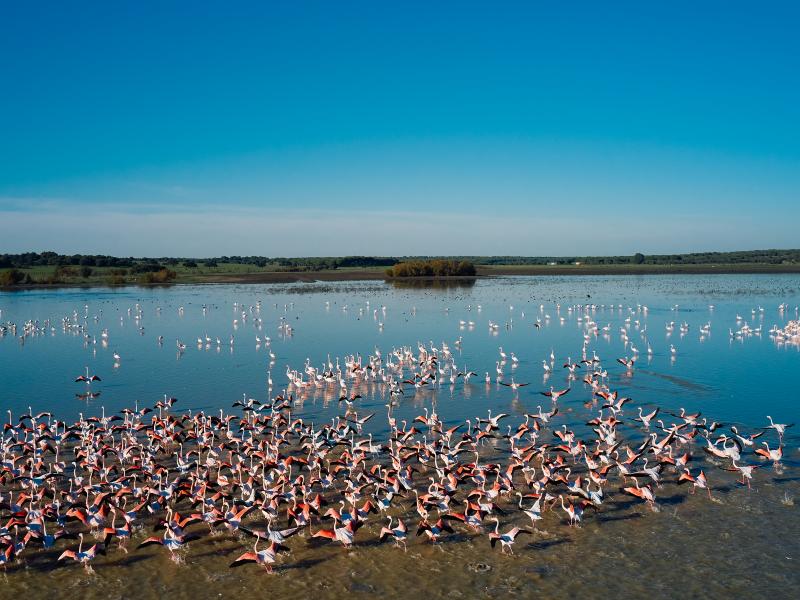
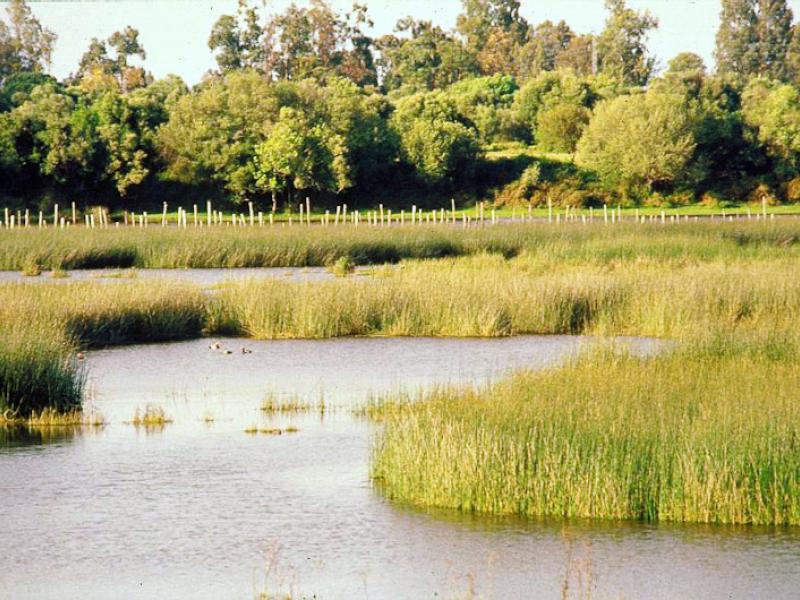
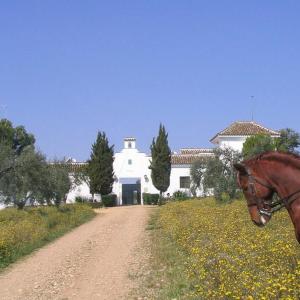

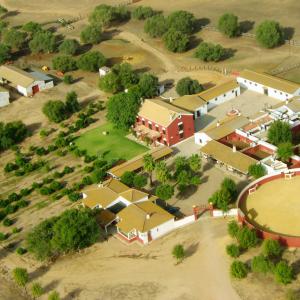
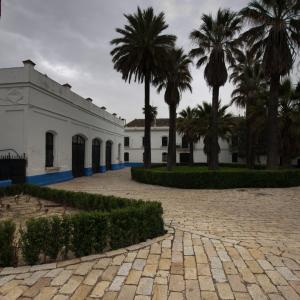
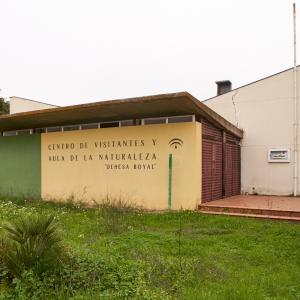
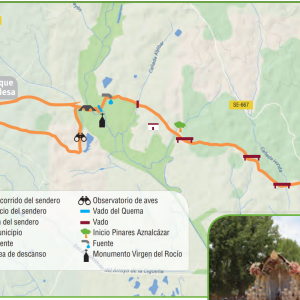
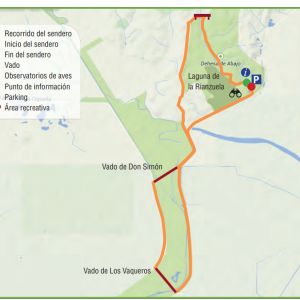
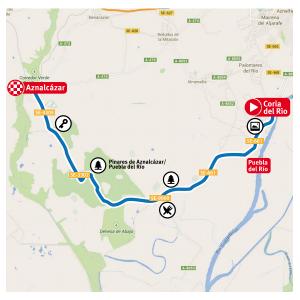
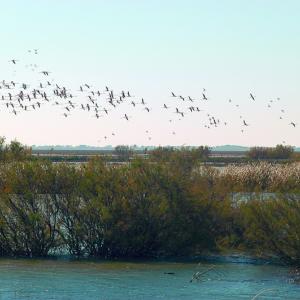
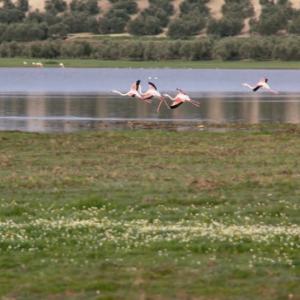
0 comments
New comment
The comments are moderated, so it takes a while to appear. If they contain offensive language they will not be published.